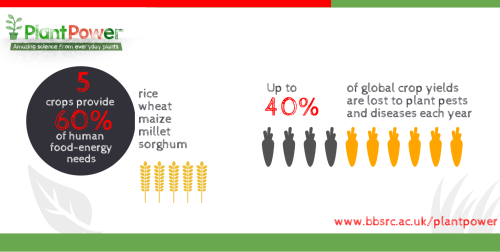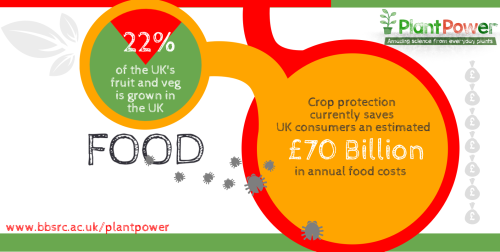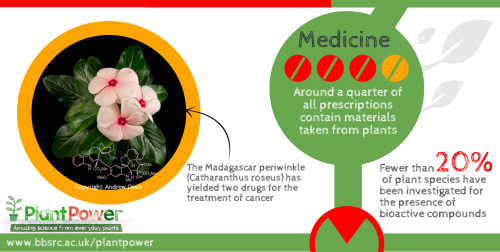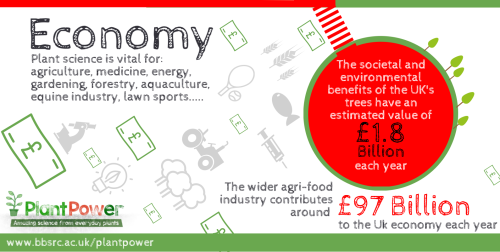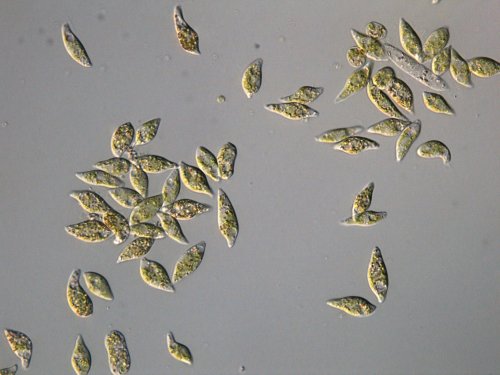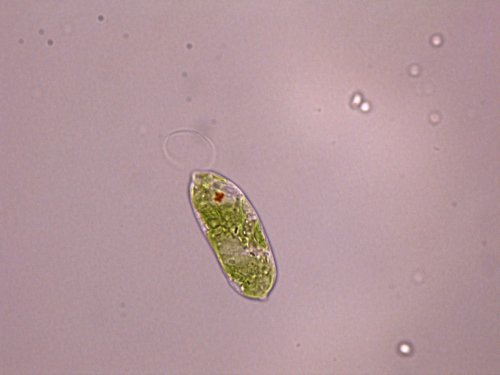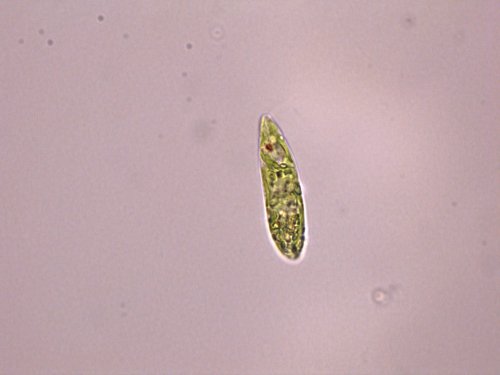#plantscience
Plant power
Healthy plants, including crops and trees, are vital for our future. They are fundamental to our food, environment, economy and social wellbeing.
Plant scientists are finding new ways to solve some of our biggest challenges, such as protecting our forests, finding new fuel sources and ensuring that we have enough food for a growing population.
Did you know that ¼ of all medicines contain materials taken from plants?
Post link
How the world’s first plants took a giant leap on to land
About 450M years ago, plants in the sea took a giant leap on to land to become the plants we know and love today. But how did they survive?
Scientists for The John Innes Centre may have found the answer.
Land plants survive by getting water and nutrients from soil.
They do this by forming a special friendship with soil dwelling fungi called mycorrhiza. These strands of fungi reach deep into the spoil and drag the nutrients and water back to the plants.
But when the first algae landed on soil, how did they survive long enough to form these beneficial friendships?
New research suggests that they already had the genes necessary for forming this bond whilst they lived in the sea.
Researchers analyzed DNA and RNA of some of the earliest known land plants and green algae and found evidence that their shared algal ancestors living in the Earth’s waters already possessed the necessary set of genes needed to detect and interact with the beneficial fungi.
The team of scientists believes this capability was pivotal in enabling the alga to survive out of the water and to colonise the earth. By working with the fungi to find sustenance, the alga had an evolutionary advantage and could thrive in a very different and seemingly infertile environment.
This was a watershed moment that kick-started the evolution of life on earth.
Plants vs explosives
Did you know that plants can extract TNT and RDX from soil and water?
These two explosives, which are some of the most widely used in munitions, are classified as highly toxic.
Pollution from explosives can pose a risk to both the environment and public health, so it’s vitally important that cost-effective ways of dealing with it are found.
Research carried out by Professor Neil Bruce at the University of York uses genetic modification to combine the characteristics of certain bacteria, which are able to detoxify different types of explosives, with the larger mass and higher processing ability of plants.
Watch out for more amazing plant science in the weeks to come.
Super algae
The image above shows Euglena gracilis, a single-cell algae lurking in garden ponds.
It might not look like much, but scientists at the John Innes Centre have uncovered genes in the algae which could be used to make natural products.
Professor Field and team found that Euglenahas at least 32,000 genes – significantly more than humans who have around 21,000.
Euglena creates many well-known, valuable natural products including vitamins and a type of sugar which is reported to have anti-HIV effects.
The genetic information in this somewhat simple algae is in fact enormous.
Around 60% of the genes found are new and unclassified, which means Euglena could be a source of entirely new medicines and fuels for the future.
Image credit: Professor Rob Field, John Innes Centre
Post link
Fremontodendron californicum is in the Hibiscus family, Malvaceae. Commonly known as the flannel bush, this species has rough, hairy leaves that may irritate the skin. There are only 2 species in this genus, and they both are found in the Southwestern United States and Northern Mexico. Follow for more plant facts and photos! #uf #growbotany #plantscience #dailyplantfacts #flannelbush #fremontodendron #plants #flowers #botany #sanfrancisco #california
Post link
Clarkia is a genus in the family Onagraceae. Most species of Clarkia are native to Western North America, with only one species being found in South America. Certain species have been cultivated as ornamentals for their vibrant, multi-colored petals. Follow for more plant facts and photos! #uf #growbotany #plantscience #dailyplantfacts #plants #botany #sanfrancisco #sfbotanicalgardens
Post link
Brugmansia is in the Tomato family, Solanaceae. They are closely related to another genus, Datura, and both share the same common name of “Angels Trumpet”. Brugmansia is extremely poisonous, and can cause severe hallucinations and violent convulsions! Parts of the plant have been used by South American tribes for both divination rituals and black magic! Follow for more plant facts and photos! #growbotany #plantscience #dailyplantfacts #brugmansia #solanaceae #tomato #plants #botany #datura #angelstrumpet #wickedllants #poison #hallucinations #flowers #gardens #ucbotanicalgardens
Post link
Bougainvillea arborea is in the family Nyctaginaceae. While many other Bougainvillea species are vines, this species is commonly known as the tree Bougainvillea! The yellow flowers are subtended by beautiful purple bracts, which are modified leaves, not petals. Follow for more plant facts and photos!
#uf #growbotany #plantscience #dailyplantfacts #herbarium #plants #botany #florida
Post link

